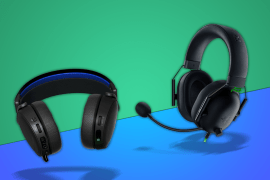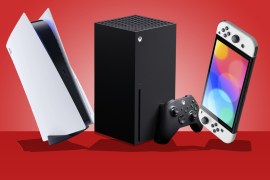Best DACs in 2025 including portable and desktop digital-to-analogue converters
Give your ears a treat with the best DACs that convert digital files to analogue sound waves your ears can hear
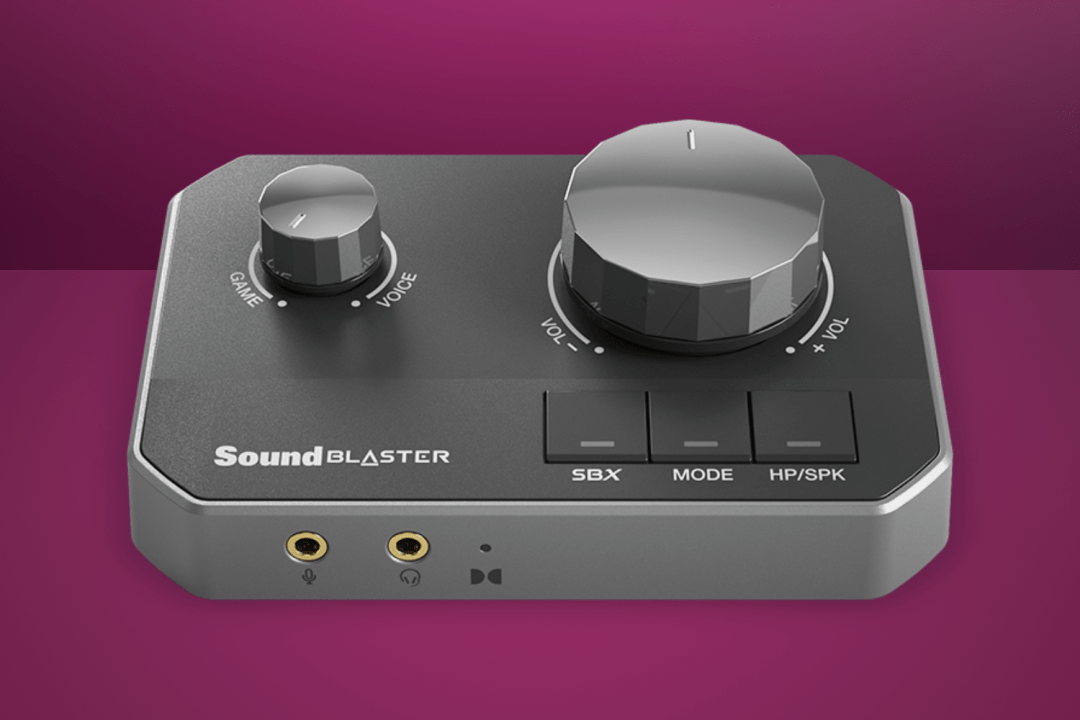
There’s hidden detail in your favourite songs and the best DACs are here to help you hear it. Whether you’re streaming on Spotify or curating your MP3 archive, a DAC is a digital-to-analogue converter that converts digital files to analogue sound waves your ears can hear. Most audio devices have one built-in already, but if you’re a keen-eared listener looking to sonically upgrade the best noise-cancelling headphones, these DACs below have the power to amp up the detail, bass and volume.
From pocket-sized solutions to bigger desktop DACs, these plug-in babies are a real treat for the ears. If you’re not sure which to pick, check out our buying tips down at the bottom.
Why you can trust Stuff: Our team of experts rigorously test each product and provide honest, unbiased reviews to help you make informed decisions. For more details, read how we test and rate products.
Quick list: What’s the best DAC?
The iFi Uno (buy now) is a pocket-sized DAC that transforms your laptop’s audio into a rich, high-fidelity experience without breaking the bank.
The FiiO KA15 (buy now) is a powerful, ultra-portable DAC/amp with desktop-grade performance, delivering pristine, high-resolution audio straight from your pocket.
The Helm Audio Bolt (buy now) is a compact, MQA-certified DAC that effortlessly upgrades your smartphone or laptop’s sound with audiophile clarity.
The Chord Mojo 2 (buy now) is a high-end, battery-powered DAC/amp that redefines portable audio with unmatched detail, dynamics, and custom EQ tuning.
The iFi Hip-dac3 (buy now) is a stylish, flask-shaped DAC/amp that injects warmth, power, and refined audio into your wired headphones.
The iBasso DC Elite (buy now) is a flagship-grade dongle DAC with top-tier components and balanced output for true hi-fi listening on the go.
The Creative Sound Blaster G8 (buy now) is a gaming-focused DAC/amp that delivers immersive, lag-free sound with powerful customisation options.
The Cambridge Audio DacMagic 200M (buy now) is a premium desktop DAC with dual ESS chips, MQA support, and balanced outputs for audiophiles who demand perfection.
The best DACs you can buy today:
Best DAC for most people
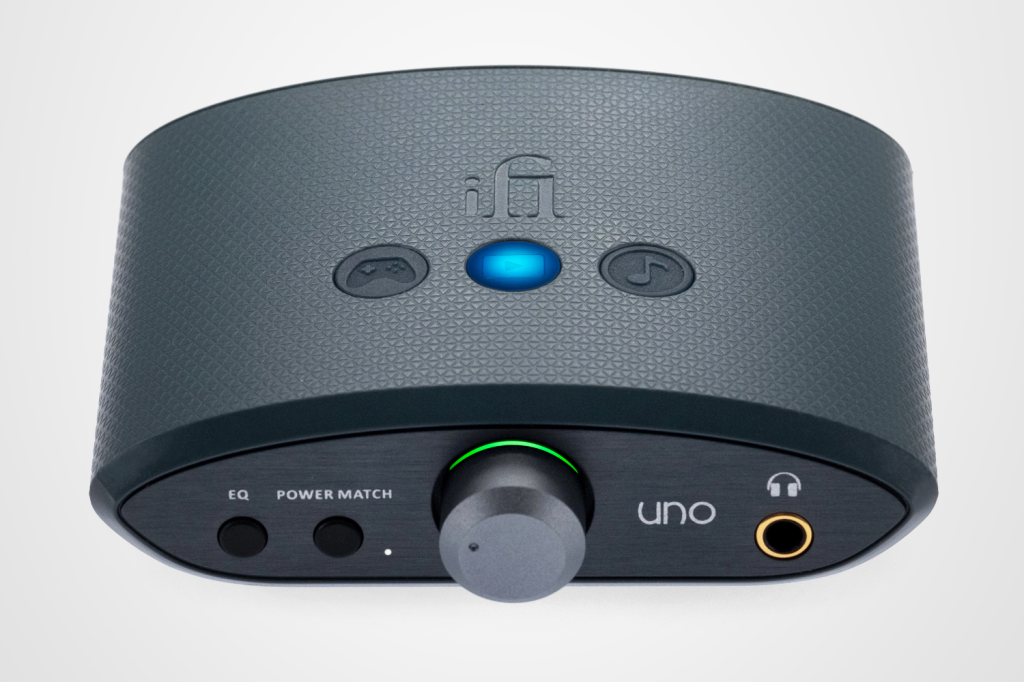
1. iFi Uno
Stuff Verdict
A pocket-sized DAC that transforms your laptop’s audio into a rich, high-fidelity experience without breaking the bank.
Pros
- Affordable and compact
- USB-powered, so no need for extra cables or batteries
Cons
- Lacks balanced output for higher-end headphones
- Limited power output
| iFi Uno specs | |
|---|---|
| Inputs | USB-C |
| Outputs | 3.5mm headphone, gold-plated RCA |
| File support | DSD 256 /11.3MHz DXD 384kHz PCM 384kHz MQA |
| Dimensions | 88 x 81 x 26mm (3.5 x 2.8 x 1.0in) |
| Weight | 92g (3.2 oz) |
Easier to understand than the card game, the Uno is a palm-sized DAC that makes sweeter streams a cinch. Attached to a USB-C input, it promises a clear, distortion-free listen, either via RCA or its amplified 3.5mm output. Music, movie and game modes subtly shift your listen to suit the source material, while PowerMatch means your ‘phones always get just what they need.
Best retro DAC

2. FiiO KA15
Stuff Verdict
A powerful, ultra-portable DAC/amp with desktop-grade performance, delivering pristine, high-resolution audio straight from your pocket.
Pros
- Impressive power output for a dongle DAC
- Dual DAC chips and desktop-grade THX amp for clear, dynamic sound
Cons
- Can get warm with extended use
- Slightly larger and heavier than typical dongle DACs
| FiiO KA15 specs | |
|---|---|
| Inputs | USB-C |
| Outputs | 3.5mm / 4.4mm (Pentaconn) |
| Dimensions | 52 x 25 x 11mm (2 x 0.9 x 0.4 in) |
| Weight | 21g (0.74 oz) |
Recording Spotify tracks onto tape is one kind of digital to analogue conversion. Want the cassette aesthetic without the magnetic distortion? Styled like a little jukebox, the KA15 is very much a modern DAC. The FIIO app gives you granular control , while USB-C connectivity means you can hook up a whole host of devices. Plus it shows a tape animation on the LCD. Fun.
Best in-line DAC
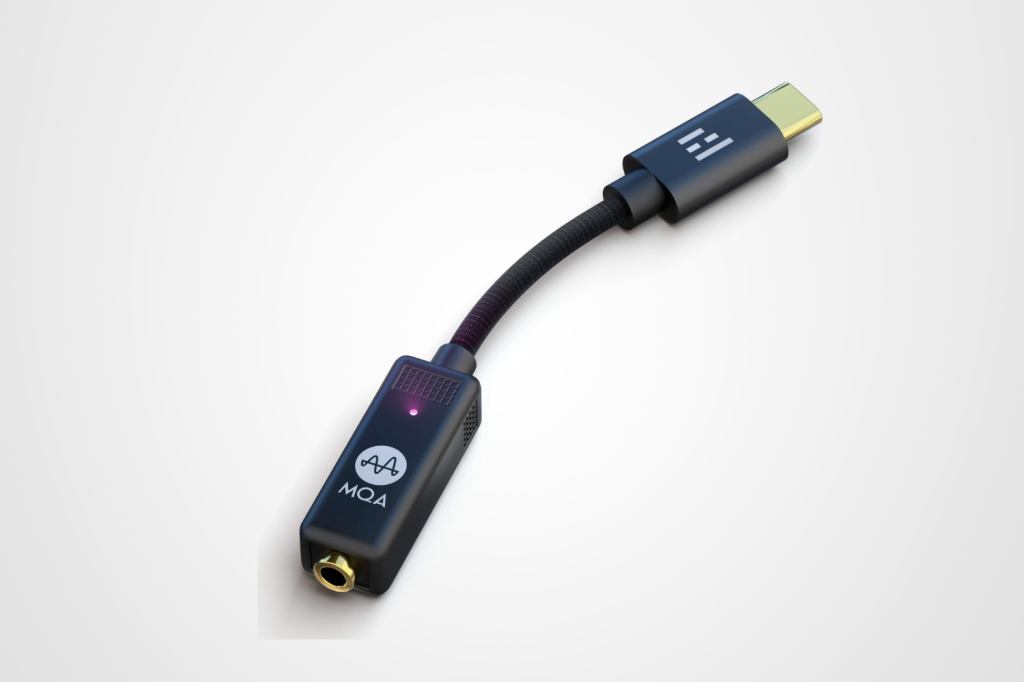
3. Helm Audio Bolt
Stuff Verdict
A compact, MQA-certified DAC that effortlessly upgrades your smartphone or laptop’s sound with audiophile clarity.
Pros
- MQA-certified for high-resolution streaming
- Plug-and-play simplicity with ultra-compact, travel-friendly design
Cons
- No physical volume control
- Lacks a balanced output
| Helm Audio Bolt specs | |
|---|---|
| Inputs | USB-C |
| Outputs | 3.5mm |
| Dimensions | 10.16 x 0.64 x 0.25 cm (4 x 0.25 x 0.09 in) |
| Weight | 28.3g (0.99oz) |
DACs don’t get dinkier than this plug-in baby. Attached to a spare USB-C port, hook your headphones up to the 3.5mm port on the other end for foolproof smartphone audio that’s never sounded better. It can handle all the high-res formats any self-respecting audiophile would expect, including MQA, and its output is certified by THX (the ones with that really bassy cinema intro).
Best DAC for travel
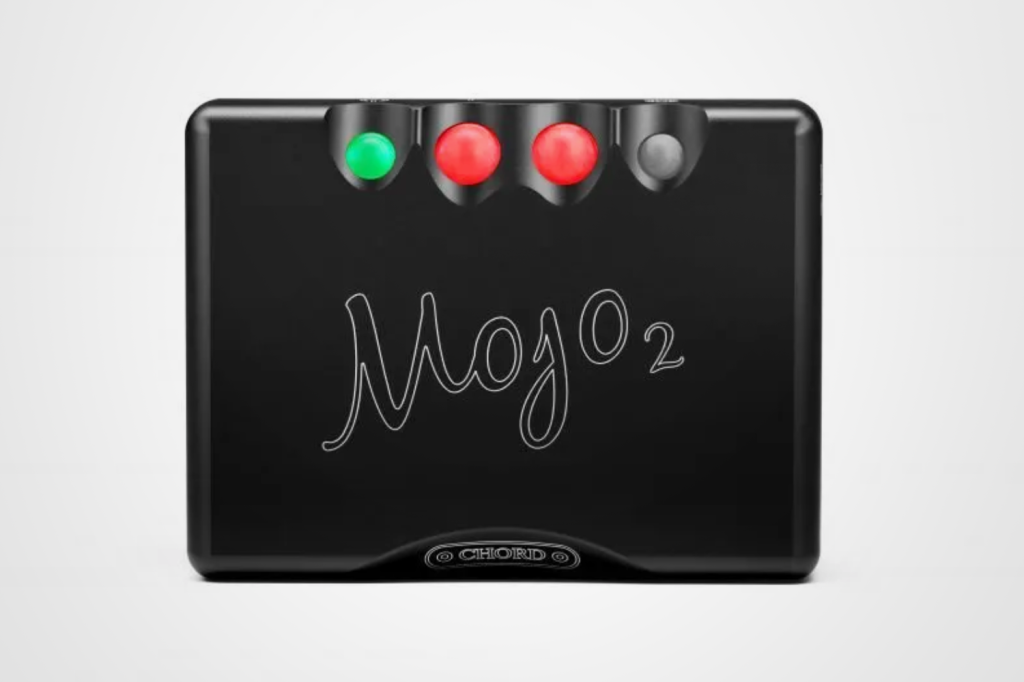
4. Chord Mojo 2
Stuff Verdict
A high-end, battery-powered DAC/amp that redefines portable audio with unmatched detail, dynamics, and custom EQ tuning.
Pros
- Stunning detail and soundstage with a fully customisable DSP/EQ
- Long battery life
Cons
- Premium price
- Quirky interface
| Chord Mojo 2 specs | |
|---|---|
| Inputs | Coaxial, dual-data coax, optical, Micro-USB and USB-C |
| Outputs | Two 3.5 mm headphone outputs |
| Dimensions | 83 x 62 x 22.90 mm (3.26 x 2.44 x 0.90 in) |
| Weight | 185 g (0.4 lbs) |
The first-gen Mojo changed the DAC game, producing immersive, desktop-grade audio on the go. The second edition is better still, thanks to a raft of upgrades, including a USB-C port, better battery life and the world’s first lossless digital signal processor. All wrapped in an aluminium chassis that’s built for the road.
Best DAC for build quality
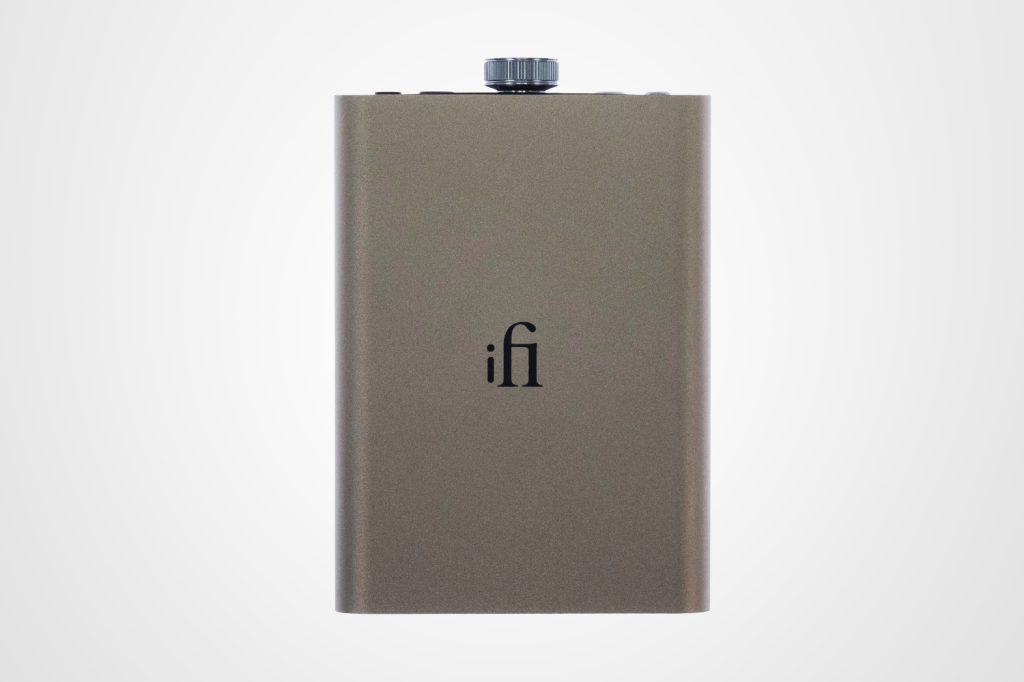
5. iFi Hip-dac3
Stuff Verdict
A stylish, flask-shaped DAC/amp that injects warmth, power, and refined audio into your wired headphones.
Pros
- Warm, engaging sound with bass boost
- Premium build quality
Cons
- No built-in MQA support
- USB-A connection now slightly outdated
| iFi Hip-dac3 specs | |
|---|---|
| Inputs | USB-C |
| Outputs | 4.4mm / 3.5mm |
| Dimensions | 102 x 70 x 14 mm (4 x 2.8 x 0.6 in) |
| Weight | 135 g (4.76 oz) |
Sipping from a hip flask will warm your cockles. Drinking in audio from this flask-sized DAC will envelope you in a different sort of warmth. A battery-powered pal that’s designed to travel with you, its sound signature retains the warmth of previous editions while doubling down on sonic detail. And don’t let its slender aluminium profile fool you: it might weigh just 135g, but there’s enough power here to drive high-impedance headphones.
Best premium portable DAC
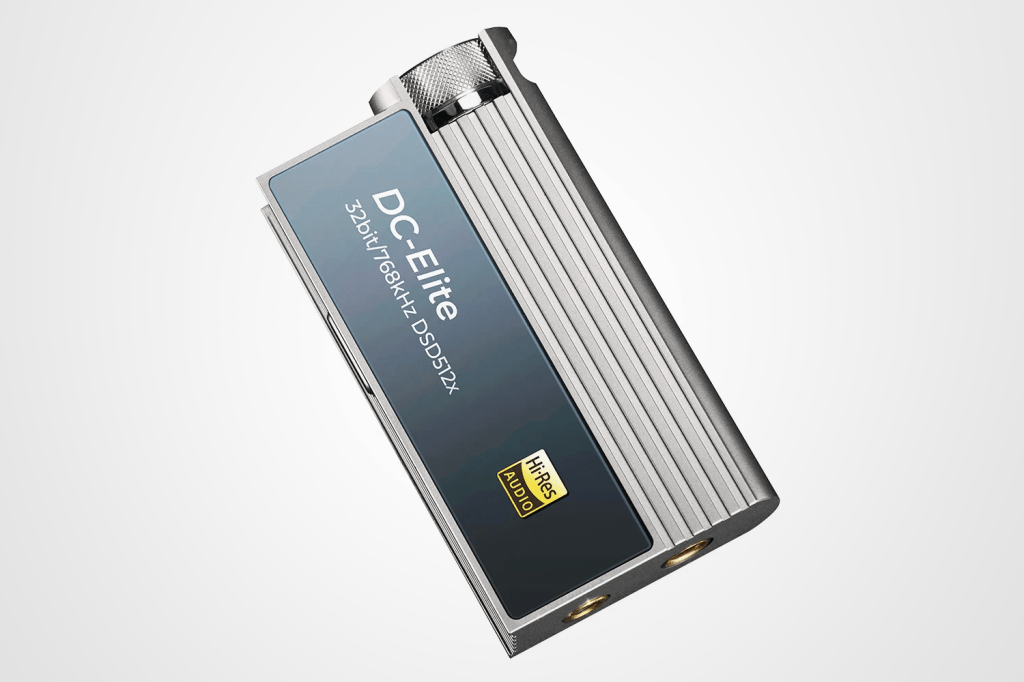
6. iBasso DC Elite
Stuff Verdict
A flagship-grade dongle DAC with top-tier components and balanced output for true hi-fi listening on the go.
Pros
- Flagship-grade DAC with an advanced R2R architecture
- Balanced 4.4mm output
Cons
- Pricey for a dongle
- Larger and bulkier than most other portable options
| iBasso DC Elite specs | |
|---|---|
| Inputs | USB-C |
| Outputs | 4.4mm / 3.5mm |
| Dimensions | 64 x 35 x 14.5 mm (2.5 x 1.37 x 0.57in) |
| Weight | 60.5 g (2.13 oz) |
Not to be mistaken for a vintage lighter, this full-metal DAC has mid-century lines in all the right places. You’ll find premium audio architecture beneath its natty jacket, including a chip and attenuator borrowed from iBasso’s flagship DX320MAX. So while it can’t strike a flame, this pocketable player will ignite your listening experience.
Best DAC for gaming

7. Creative Sound Blaster G8
Stuff Verdict
A gaming-focused DAC/amp that delivers immersive, lag-free sound with powerful customisation options.
Pros
- Optimised for gaming with customisable surround sound
- Multiple connectivity options
Cons
- Not as refined for pure music listening
- Software setup required to unlock full features
| Creative Sound Blaster G8 specs | |
|---|---|
| Inputs | Optical In, 3.5 mm line in, 3.5 mm Mic-in, HDMI ARC, USB-C power/data jack for PC/Mac/Consoles, USB-C power/data jack for Consoles and mobile devices |
| Outputs | Optical Out, 3.5mm line out, 4-pole Headset jack (3.5mm, CTIA) |
| Dimensions | 125.7 x 90.7 x 52.4 mm (4.95 x 3.57 x 2.06 in) |
| Weight | 265g (9.34 oz) |
Every decibel counts in the heat of battle. And when the mere rustle of leaves could put a dent in your KD ratio, you need a sonic upgrade that’s got your back. Enter the Sound Blaster G8: designed to enhance in-game audio, its Scout Mode algorithm analyses battle sounds in real time to pinpoint your enemy’s position, while CrystalVoice cancels out noise and acoustic echo so your squad mates can hear your orders clearly.
Best premium DAC
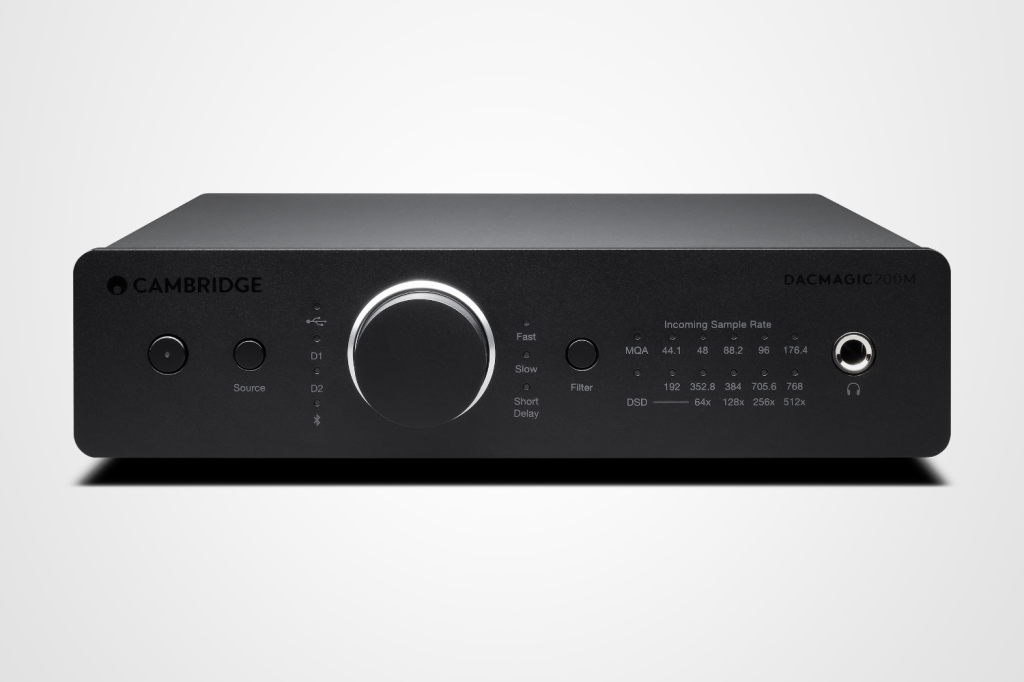
8. Cambridge Audio DacMagic 200M
Stuff Verdict
A premium desktop DAC with dual ESS chips, MQA support, and balanced outputs for audiophiles who demand perfection.
Pros
- High-end dual ESS DACs with MQA support
- XLR balanced outputs make it ideal for serious home setups
Cons
- Bulky, requiring dedicated desk space
- No built-in streaming or wireless connectivity
| Cambridge Audio DacMagic 200M specs | |
|---|---|
| Inputs | Bluetooth, Two pairs of optical & coaxial terminals, plus USB Audio – for audio sources incl. CD & Blu-ray players, laptops, game consoles etc. |
| Outputs | 0.25in headphone, XLR & RCA connectors |
| Dimensions | 52 x 215 x 191 mm (2.0 x 8.6 x 7.6in) |
| Weight | 1.2 kg (2.6 lbs) |
Rumour has it, there’s a sonic wizard living inside every DacMagic. Whatever’s going on, it will certainly cast a spell on your audio. A do-it-all DAC with more features than a three-headed dog, the 200M supports a smorgasbord of inputs and high-res file formats. Dual DACs left and right do the boosting, while aptX Bluetooth connectivity means you can stream to it as if by magic.
What to consider when buying a DAC
Looking to buy the best DAC but unsure where to begin? Here’s what to consider.
At its core, a DAC (digital-to-analogue converter) transforms digital signals into the analogue sound waves your ears can hear. High-quality DACs use premium components to extract detail and clarity, with the very best adding their own sonic character.
Power matters too. Battery-powered DACs enhance portable listening, while desktop models suit those who prefer to stay put. The latter tend to be bulkier but often pack more features and power.
Most DACs also include built-in headphone amplifiers, allowing them to drive a wide range of headphones. But always check—unless you’re a fan of silence.
Lastly, ensure the DAC has the right connections for your setup. Most modern models offer USB-C input and output via 3.5mm or RCA analogue, with some adding Bluetooth for wireless flexibility. The right DAC makes all the difference to your listening experience.
Now check out Stuff’s guide to the best headphones.

